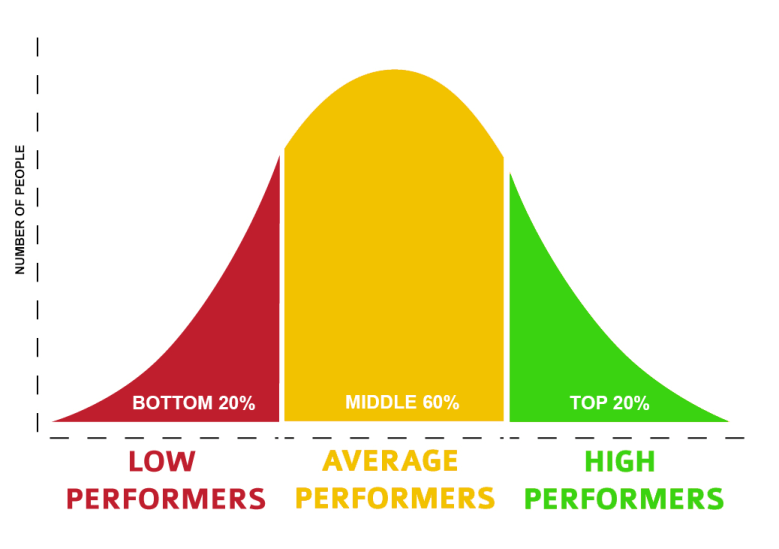Let's learn more about triangles!
Which video do you prefer? :)
Here's a puzzle for you!
| NARRATORS |
Wei
Xuan, Kai Lin
|
|
FARMERS
|
Aiko,
Yu Xuan
|
|
HAWKERS
|
Hui
En, Charmine
|
|
CHINESE COOLIES
|
Gigi,
Sophie, Jaydon, Danish, Zi Jenn, Kadmus
|
|
BEGGARS
|
Janelle,
Jovi-Kate, Li Lin, Esther
|
|
RICKSHAW DRIVERS
|
Nihal,
Alden
|
|
NORMAL CITIZENS
|
Sabrina,
Ashley, Jerlyn, Min Xun, Hui Shi, Joslin, Jaymie, Megan, Yit Yi, Keane
|
|
VIGILANTE CORPS
MEMBERS
|
Janelle,
Jovi-Kate, Min Xun, Hui Shi, Joslin,
Keane, Yit Yi, Alden
|
|
NARRATORS
|
Ariel, Alden
|
|
BRITISH TROOPS
|
Nihal, Jaydon, Michael, Kadmus, Nifaal, Yu Xuan, Keane
|
|
JAPANESE INVADERS
|
Joel, Nathaniel, Li Min, Danish, Donovan, Enrique, Zhi
Yu, Aiko,
Zi Jenn, Li Xuan
|
 |
| What's unique: Sponges as cytoplasm |
 |
| What's unique: Corn starch as cytoplasm |
 |
| What's unique: DAISO gardening polymer as cytoplasm |
 |
| What's unique: Wax as chloroplasts (Melted 2 different coloured candles and squeezed out using a dropper.) |
 |
| What's unique: Beads as vacuoles. (Yes, animal cells do have vacuoles too, in fact, many of them, but in smaller sizes.) |
 |
| What's unique: Ground shells as chloroplasts |
 |
| What's unique: Hair gel as cytoplasm and Spices as chlorplasts |
 |
| What's unique: Slime, mixed with clear glue and baking soda, as cytoplasm |
 |
| What's unique: Takeaway plastic packet as animal cell membrane |
 |
| What's unique: Tissue as cell wall and Sponge as vacuole |
 |
| What's unique: Hardened slime as animal cell cytoplasm |





 |
| It's rather faint, but it's a moment I will never forget. The beauty of nature (: |